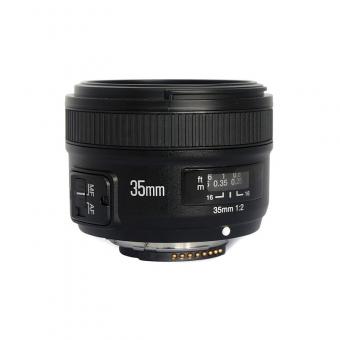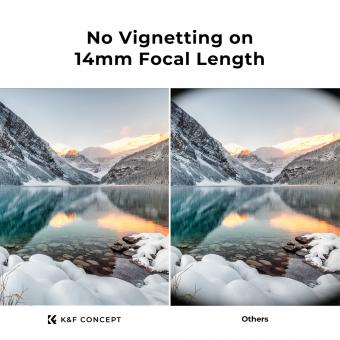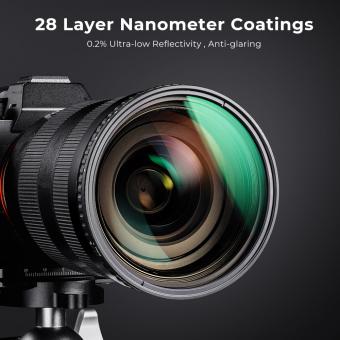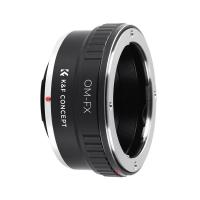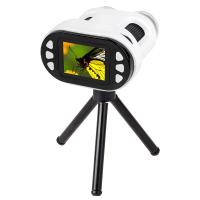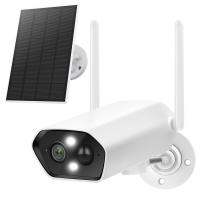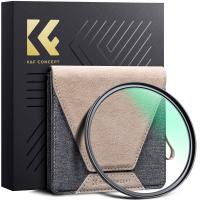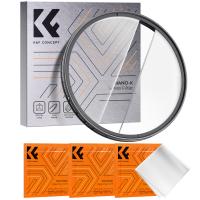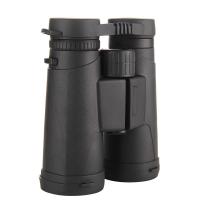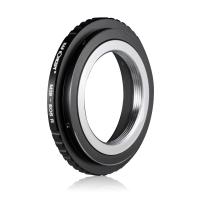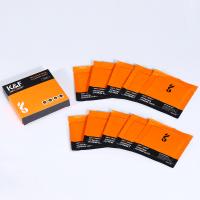Can You Stack Lens Filters ?
Yes, lens filters can be stacked on top of each other.
1、 Physical Compatibility of Lens Filters
Yes, you can stack lens filters. Stacking lens filters refers to the practice of attaching multiple filters to the front of a camera lens. This can be done for various reasons, such as achieving a specific effect or enhancing image quality.
However, it is important to consider the physical compatibility of lens filters when stacking them. Some filters may have a larger diameter than others, making it difficult to attach them together. In such cases, step-up or step-down rings can be used to match the filter sizes.
When stacking filters, it is crucial to be aware of potential issues that may arise. One common problem is vignetting, which occurs when the edges of the filters obstruct the image circle produced by the lens. This can result in dark corners or a circular shadow in the image. To avoid vignetting, it is recommended to use slim or low-profile filters, as they have a smaller profile and are less likely to cause obstruction.
Another consideration is the impact on image quality. Each filter added to the stack introduces additional glass elements, which can potentially degrade image sharpness, introduce lens flare, or cause color shifts. To minimize these effects, it is advisable to use high-quality filters that are specifically designed to maintain optical performance.
In recent years, advancements in lens technology have led to the development of multi-coated filters that reduce reflections and improve light transmission. These filters are designed to minimize the negative impact of stacking and provide better image quality.
In conclusion, while it is possible to stack lens filters, it is important to consider the physical compatibility and potential issues that may arise. Using high-quality filters and being mindful of vignetting and image quality can help achieve the desired results when stacking filters.
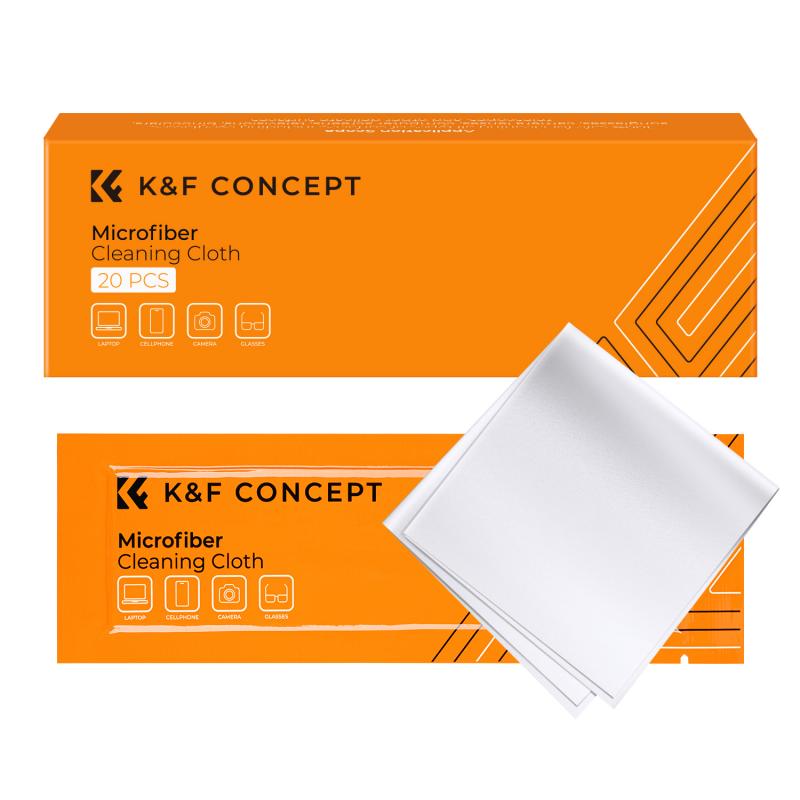
2、 Optical Performance and Image Quality with Stacked Filters
Yes, you can stack lens filters, but it is important to consider the potential impact on optical performance and image quality. Stacking filters involves attaching multiple filters to the front of a lens, which can have both positive and negative effects on the final image.
One of the main concerns when stacking filters is the potential for increased vignetting. Vignetting refers to the darkening of the corners of an image, and stacking filters can exacerbate this issue. The more filters you stack, the greater the chance of vignetting occurring. However, this can be mitigated by using slim or low-profile filters that minimize the physical thickness.
Another consideration is the potential for increased lens flare and reduced contrast. Stacking filters can introduce additional glass surfaces, which can increase the chances of internal reflections and flare. This can result in reduced contrast and image quality. To minimize this, it is advisable to use high-quality filters with multi-coatings that reduce reflections and flare.
Additionally, stacking filters can also increase the risk of image degradation due to increased potential for lens flare, ghosting, and loss of sharpness. It is important to use filters that are optically transparent and do not introduce any unwanted artifacts.
In recent years, there have been advancements in filter technology that aim to minimize the negative effects of stacking filters. Some manufacturers have developed filter systems that allow for the use of multiple filters without compromising image quality. These systems often include thin filter holders that reduce vignetting and high-quality filters with advanced coatings.
In conclusion, while it is possible to stack lens filters, it is important to be aware of the potential impact on optical performance and image quality. Using high-quality filters, minimizing physical thickness, and being mindful of potential issues like vignetting and lens flare can help mitigate any negative effects.
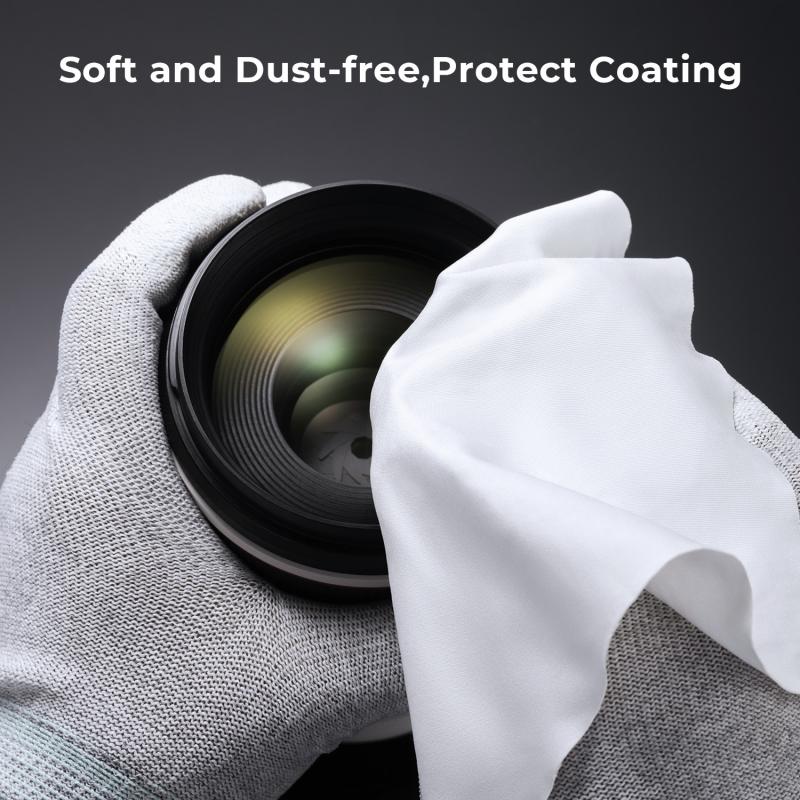
3、 Vignetting and Light Loss when Using Multiple Filters
Yes, you can stack lens filters, but it is important to be aware of the potential issues that may arise when doing so. One of the main concerns when stacking filters is vignetting, which refers to the darkening of the corners of an image. This can occur when the combined thickness of the filters causes the edges of the frame to be obstructed.
Vignetting can be more pronounced when using wide-angle lenses, as they have a wider field of view. To minimize this effect, it is recommended to use slim or low-profile filters, which have a thinner profile and reduce the likelihood of vignetting. Additionally, using filters specifically designed for wide-angle lenses can help mitigate this issue.
Another concern when stacking filters is light loss. Each filter in the stack absorbs a certain amount of light, so the more filters you add, the more light you may lose. This can result in longer exposure times or the need to increase ISO settings to compensate for the reduced light.
It is worth noting that advancements in lens and filter technology have improved the compatibility of stacking filters. Some filters are now designed to minimize vignetting and light loss when used together. However, it is still important to be mindful of these potential issues and choose filters wisely.
In conclusion, while it is possible to stack lens filters, it is important to consider the potential for vignetting and light loss. Using slim or low-profile filters, as well as filters specifically designed for wide-angle lenses, can help minimize these issues. Additionally, staying informed about the latest advancements in filter technology can provide insights into improved compatibility when stacking filters.

4、 Color Cast and White Balance Issues with Stacked Filters
Yes, you can stack lens filters, but it is not always recommended due to potential color cast and white balance issues. When multiple filters are stacked, they can introduce unwanted color shifts and affect the overall color accuracy of the image.
Each filter in the stack can alter the light passing through it, and when combined, these alterations can result in color cast issues. For example, if you stack a warm-toned filter with a cool-toned filter, the resulting image may have an unnatural color balance. Similarly, stacking multiple neutral density filters can lead to color shifts and loss of image quality.
White balance is another concern when stacking filters. The camera's white balance settings are calibrated for the specific lighting conditions, but stacking filters can interfere with this calibration. This can result in inaccurate color reproduction and a need for additional post-processing to correct the white balance.
However, it is worth noting that advancements in filter technology have improved the compatibility of certain filters when stacked. Some manufacturers offer filter systems that are designed to minimize color cast issues when using multiple filters. These systems often include step-up rings and filter holders that allow for precise alignment and reduce the risk of vignetting.
In conclusion, while it is possible to stack lens filters, it is important to be aware of the potential color cast and white balance issues that may arise. It is advisable to use filters sparingly and consider the specific combination of filters being used to minimize any negative impact on image quality.





